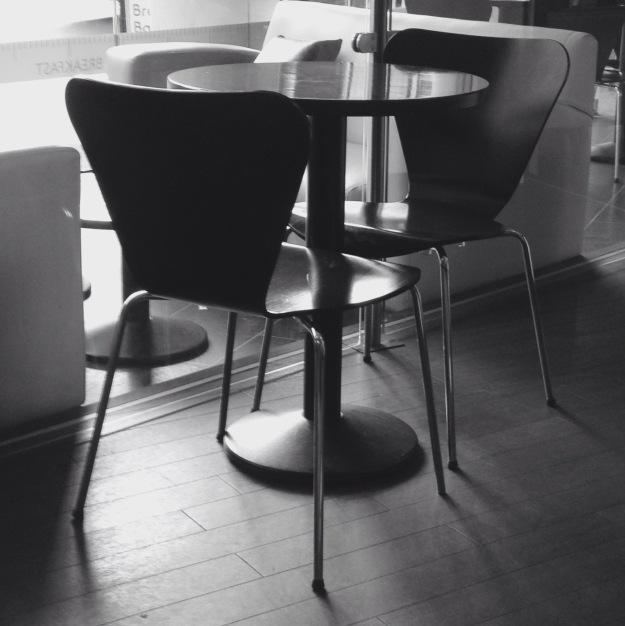“Place” is a concept often used in architecture and urban design. But how often do we apply it to our working environments?

The issue is that most open plan offices pose challenges because of the disruption to our need for “place.” I believe this is because of the sensory conditions that they tend to impose on us – which maybe is being interpreted by some as a lack of “privacy” – perhaps for want of an alternative explanation? These challenges are arguably made even worse by some of the more draconian workplace regimes that require all staff to hot desk and/or conform to clear desk policies.
The work of Dr Jean Ayres would suggest that in order to function effectively and in tune with our personal sensory integration needs, we need to be able to find a place that suites us or adjust our environment to suite.
Our needs vary – but are significantly influenced by:
– physical comfort,
– our ability (or not) to cut out extraneous noise,
– preferences for access to daylight (see http://h-m-g.com/projects/daylighting/summaries%20on%20daylighting.htm),
– our commonly held preference for access to views of the natural world and…
– our need to:
– adjust artificial lighting intensity position and colour;
– adjust what is in our visual field and to reinforce a sense of familiarity and recollection to aid our memory (see http://news.nd.edu/news/27476-walking-through-doorways-causes-forgetting-new-research-shows/).
It therefore goes without saying that workplace commissioners and designers ought to be doing all they can to address or at least mitigate the challenges posed by over simplistic and deterministic workplace strategies and to engage with our all-too-human sensory processing needs. Needs which it seems that we seem to forget and not necessarily realise could be laying behind our stress levels and attrition on our productivity.
For some these needs are known to be more acute than others (see www.sensoryintegration.com.uk). For the rest of us, these needs could be going unnoticed, since many learn to make do. But at what cost to our health and the organisations we work for?
We can deduce from what we know of sensory integration and related neurological processes that interactive, adjustable and comfortable chairs and tables are necessary if we are to expect workers to function fully, as are optimised acoustics and good background lighting combined with good task lighting. Nevertheless we also know that some workplace environments downplay the need for access to daylight and the natural world. Do we achieve good productivity without these? I doubt that we do…. Academics such as Dr Ben Wheeler of Exeter University for example, are studying the relationship between wellbeing and access to nature. WGBC’s “Health, Wellbeing and Productivity in Offices” would also indicate that many of these issues are significant.
However, I believe it’s the curious relationship between memory and our visual field that we could be doing more to address in design. As with the act of going from one room to another tends to wipe our memories, perhaps clearing desks or the lack of constancy when hot-desking doesn’t help either? I certainly know it doesn’t help me nor others that I’ve talked to. Would it therefore make sense in environments (where workplace managers might themselves be struggling with the sensory implications of what they perceive as clutter) to utilise desks designed in a contemporary response to the bureaus of old? With such an option, employees wouldn’t need to clear desks but only need to pull covers over their work space.
In the case of hot-desking, I sincerely believe it would be very wrong to expect all workers to hot-desk without providing an alternative as some workers would find the lack of workplace predictability very stressful. Nevertheless, what might help some to maintain their sense of visual continuity and memory in workplaces is the use of personalised trollies? Such trollies could be stowed away over night, rather than expecting workers to clear desks into lockers.
In conclusion, I believe that there are many ways that we could be achieving better working environments, if only we didn’t get carried away by trendy concepts but really paid attention to people’s physical, sensory and neurological needs and the relationship between these needs – known by some as sensory integration needs.

Pingback: the best office space for you | Colston Office Centre